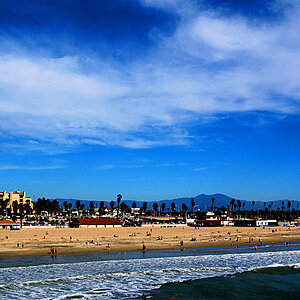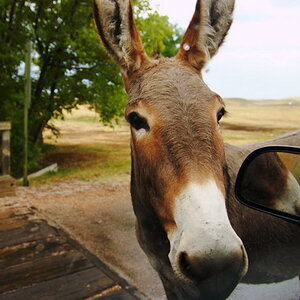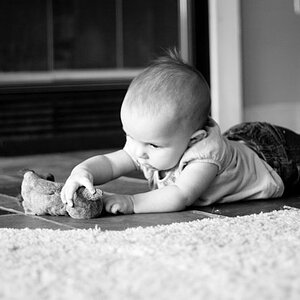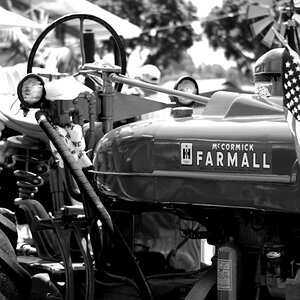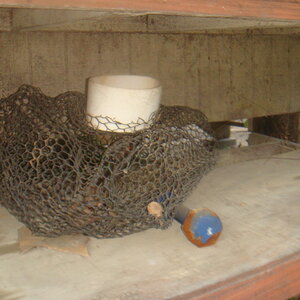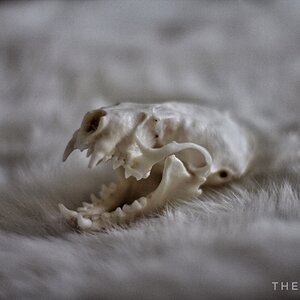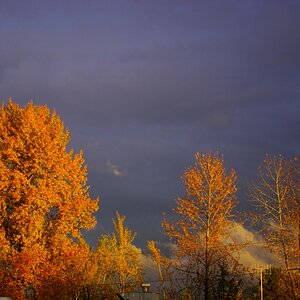battletone
TPF Noob!
- Joined
- Sep 22, 2009
- Messages
- 285
- Reaction score
- 1
- Location
- Somewhere in the lower 48.
- Can others edit my Photos
- Photos NOT OK to edit
I googled it, but it looks like you loose dynamic range with all of these extended ISOs? But for something like ISO100, why does Nikon not offer it as a normal mode? Is their 200 just that good?


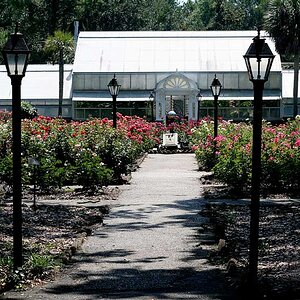
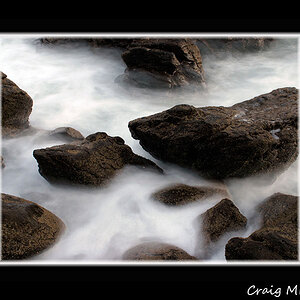
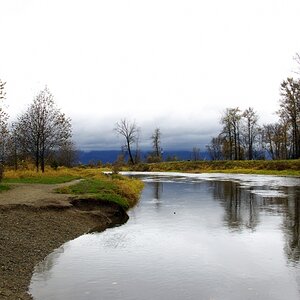
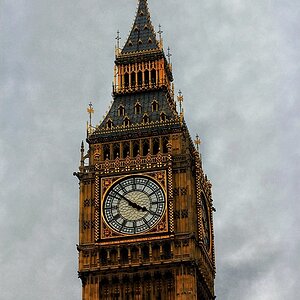
![[No title]](/data/xfmg/thumbnail/31/31090-4f0653c24dc61d2950c0fea87eb4d827.jpg?1619734606)
